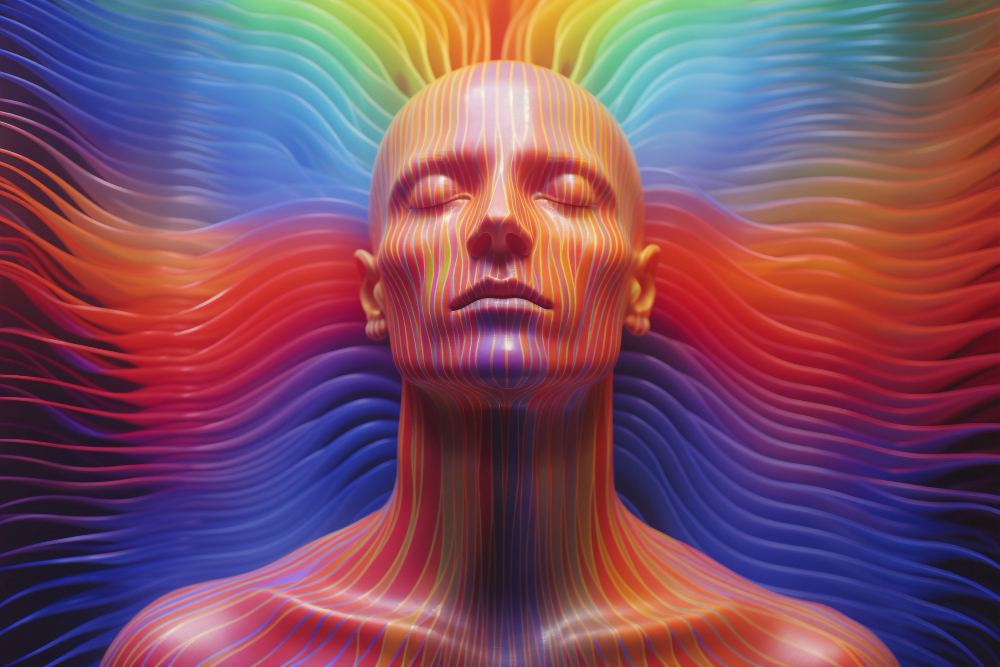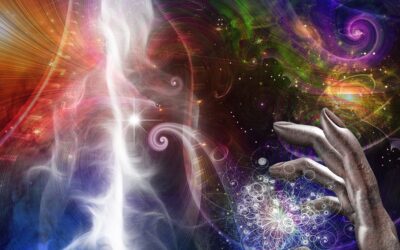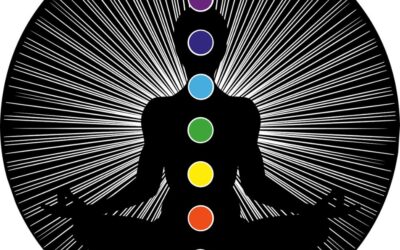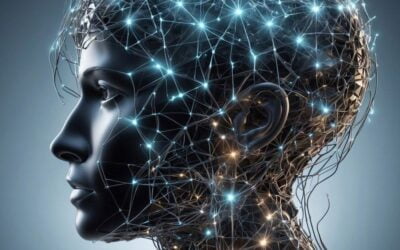Intro
Have you ever thought you saw something that wasn’t there—or misunderstood a situation completely? That’s not just forgetfulness or distraction. It’s often illusion at work. Our brains are powerful, but they’re also prone to making things up when the data is incomplete, confusing, or overwhelming.
Illusions don’t just belong in magic shows or art exhibits. They happen every day—in how we see, think, feel, and even remember.
What Is an Illusion in Psychology?
In psychology, an illusion is a distortion of the senses. It’s when the way we interpret reality doesn’t match what’s really out there. Illusions reveal how our minds work—and where they can lead us astray. They show that what we think we’re seeing or experiencing isn’t always accurate.
Types of Optical Illusions
Illusions often arise from the brain’s effort to make sense of incomplete or contradictory information. When sensory data is unclear, the brain fills in the blanks—sometimes correctly, sometimes not.
Common causes include:
- Sensory overload (too much information at once)
- Expectations (we see what we think we should see)
- Cognitive shortcuts (our brain prefers fast answers to accurate ones)
- Fatigue, stress, or emotional states
Physiological Illusions
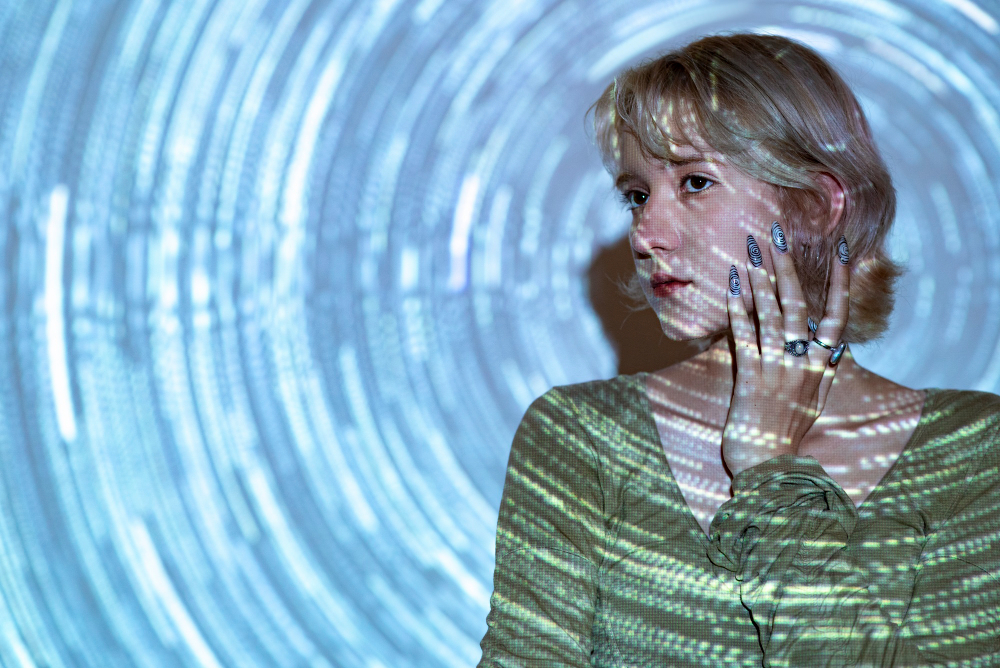
These illusions come directly from the way our senses and brain interact. Optical illusions like the Müller-Lyer illusion (where two lines look different lengths even though they’re the same) are great examples.
Think about when you stare at a bright light, then look away and see a ghost image—that’s your visual system still firing.e integrated into daily life. They’re about learning to listen to your body and follow its cues.
Types of Optical Illusions
Optical illusions are the most well-known type. They can be:
- Literal illusions: Create images that are different from the objects that make them.
- Physiological illusions: Caused by excessive stimulation (light, color, movement).
- Cognitive illusions: The brain makes assumptions that aren’t correct.
Famous examples include:
The spinning dancer illusion, where the figure seems to rotate in different directions.
The dress that looked gold and white to some, blue and black to others.
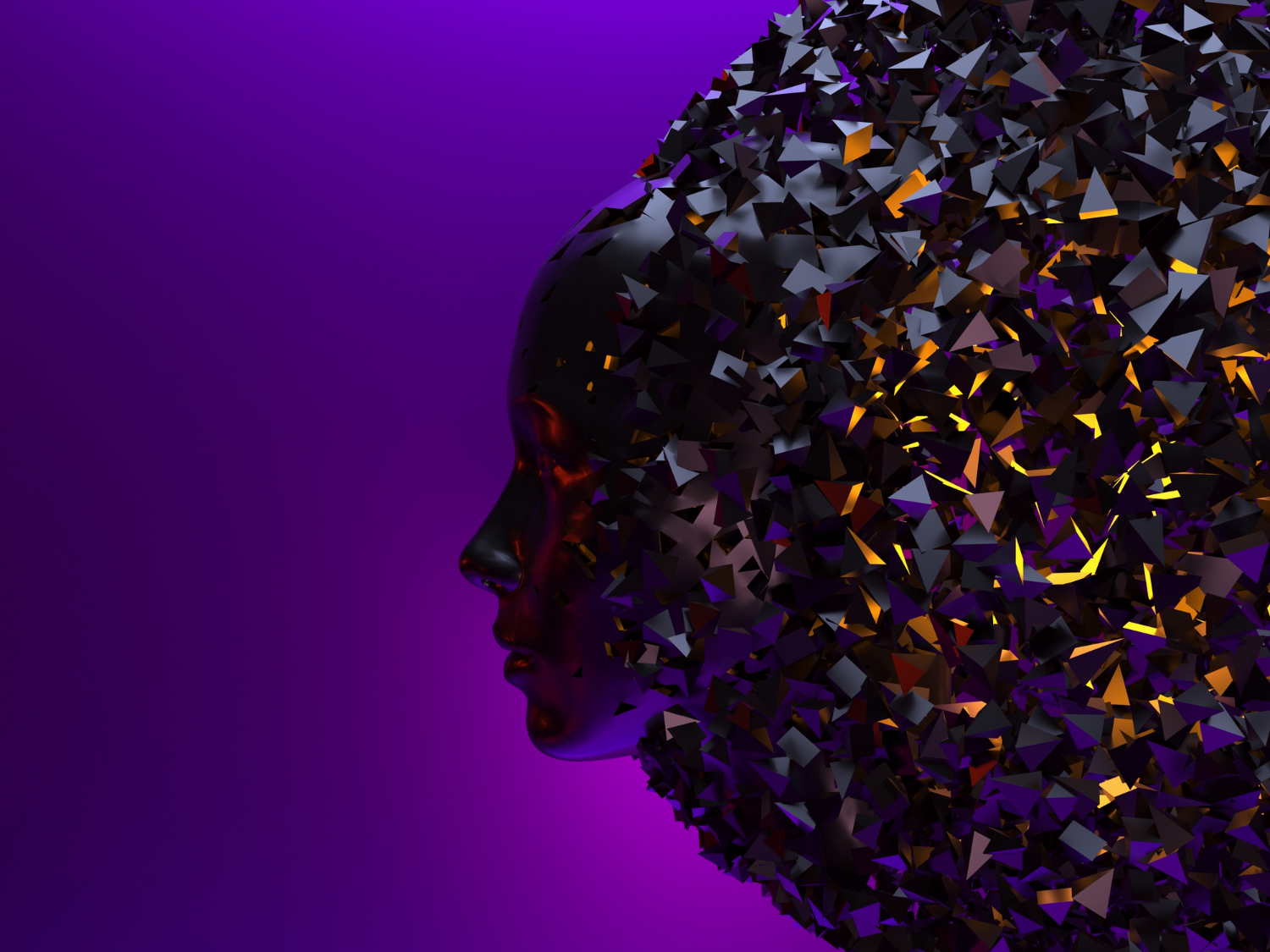
Not all illusions are visual. Here are a few you might recognize:
- “They’re mad at me”—but they’re just tired.
- Phantom phone vibration: You think your phone buzzed, but it didn’t.
- False memories: Swearing you locked the door—but didn’t.
- Illusion of control: Believing you can influence outcomes that are random.
Bridging Illusion and Energy Awareness
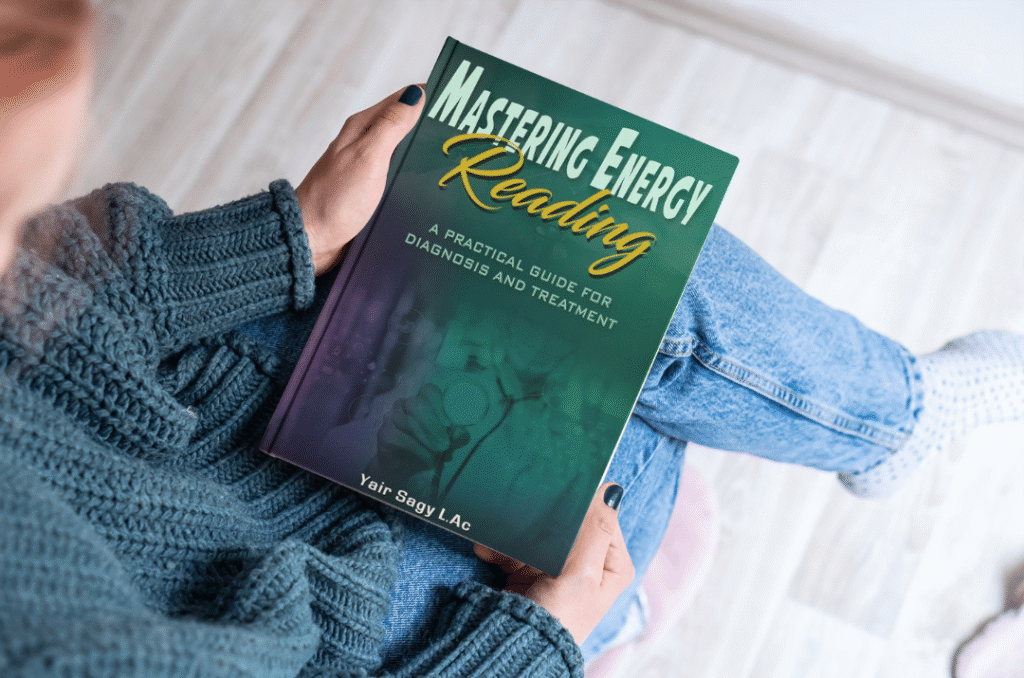
Many illusions arise from how our minds interpret reality. But what if we could move beyond that surface layer? In Mastering Energy Reading, Yair Sagy invites readers into a deeper dimension—one where we don’t just look at what we see, but tune into what we feel, intuit, and energetically perceive.
By learning to read energy, you begin to notice when your mind is creating stories that don’t align with the deeper truth of your being. The book helps you build that awareness, step by step—offering a grounded path to moving beyond illusion and into clarity.
Whether you’re intrigued by psychological illusions or spiritual ones, energy reading provides a bridge between perception and insight.
FAQ: Common Questions About Illusions
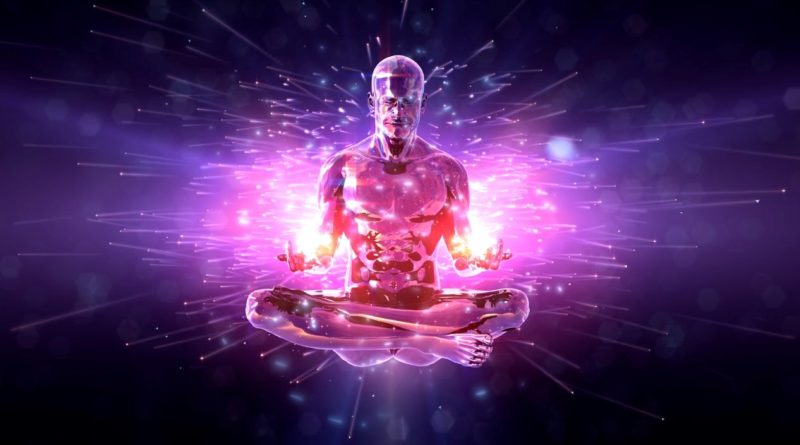
What is visual autokinesis?
It’s a trick your eyes play in the dark. If you stare at a single stationary point of light in a dark environment for long enough, it’ll appear to move. This happens because your eyes make tiny movements even when you try to stay still, and your brain misinterprets the motion. Pilots experience this, and it can lead to navigational errors.
What is the most popular illusion?
The Müller-Lyer illusion is one of the most famous. But in pop culture, “The Dress” (blue and black or white and gold?) became iconic. It showed how lighting, perception, and expectation can completely alter how we see something that’s objectively the same for everyone.
How many illusions are the are?
There are countless. Illusions can be visual, auditory, tactile, cognitive, emotional, even social. In psychology, they’re often grouped into types based on how they work: optical, cognitive, perceptual, and emotional, to name a few. So the number depends on how you define and categorize them.
What are the 8 types of illusions?
While there’s no universally agreed list of eight, some common categories include:
- Emotional illusions (misreading intentions or feelings)
- Optical illusions
- Auditory illusions
- Tactile illusions
- Temporal illusions (how we perceive time)
- Cognitive illusions
- Physiological illusions
- Social illusions (biases, groupthink)
What is the greatest illusion?
Some spiritual traditions say the greatest illusion is the belief that we are separate from others or the universe. In everyday terms, it might be the illusion of permanence—that things, people, and situations will stay the same.
What is atomatoflame?
It’s not a recognized term in psychological literature, and may be a misspelling or misheard phrase. You might be thinking of “automatism” or “phantom limb flame”—both related to perceptions disconnected from physical reality. Let us know what context you saw it in!
But, what is an example of an illusion in real life?
You walk into a meeting and assume everyone is judging you—but really, they’re thinking about their own stuff. That’s a classic cognitive illusion: projecting your thoughts onto others without evidence.
Here are more examples:
- Thinking a mirage is water
- Believing someone is angry when they’re just focused
- Mistaking coincidence for causation
- Seeing motion in a still image
What is an example of a simple illusion?
Look at the image of a checkerboard where two squares of different shades appear to be the same color due to shadow and context. That’s a simple yet powerful illusion.
What is an act of illusion?
It’s when someone creates a false impression—like a magician making a coin disappear. But in daily life, it could also mean pretending to be fine when you’re not. It’s a performance of reality.
What causes illusions in everyday life?
Stress, fatigue, emotion, expectation, and habits. Our brains use shortcuts (called heuristics) to save energy, but they can mislead us. We fill in gaps based on prior experience—which isn’t always accurate.
What are the three types of illusions in psychology?
Cognitive illusions: Based on reasoning errors
Perceptual illusions: Mismatches between stimulus and perception
Emotional illusions: Misjudging a situation based on feelings
What are the three great illusions in life?
Some Eastern philosophies say:
Control: Assuming we can control everything
Separation: Believing we are isolated beings
Permanence: Thinking things never change
What are the four cognitive illusions?
Ambiguous illusions (multiple interpretations)
Distorting illusions (e.g., size, length)
Paradox illusions (impossible objects)
Fiction illusions (seeing something that’s not there)

Final Thoughts
Illusions show us just how creative and unreliable our perception can be. While they can be fascinating or funny, they also remind us to slow down, question assumptions, and stay humble about what we think we know.
Whether you’re decoding a visual illusion or realizing a pattern in your emotional reactions, awareness is the key to clarity.
Subscribe
If this guide sparked something in you, we invite you to stay close. Subscribe to our newsletter for more insights, guided practices, and upcoming events that support your energy awareness and spiritual growth.
If you’d like to support us, please subscribe to our YouTube channel, buy me a coffee, or join our Aura Community.
Thank you for walking this path with us,
The Infinite Being Academy Team
